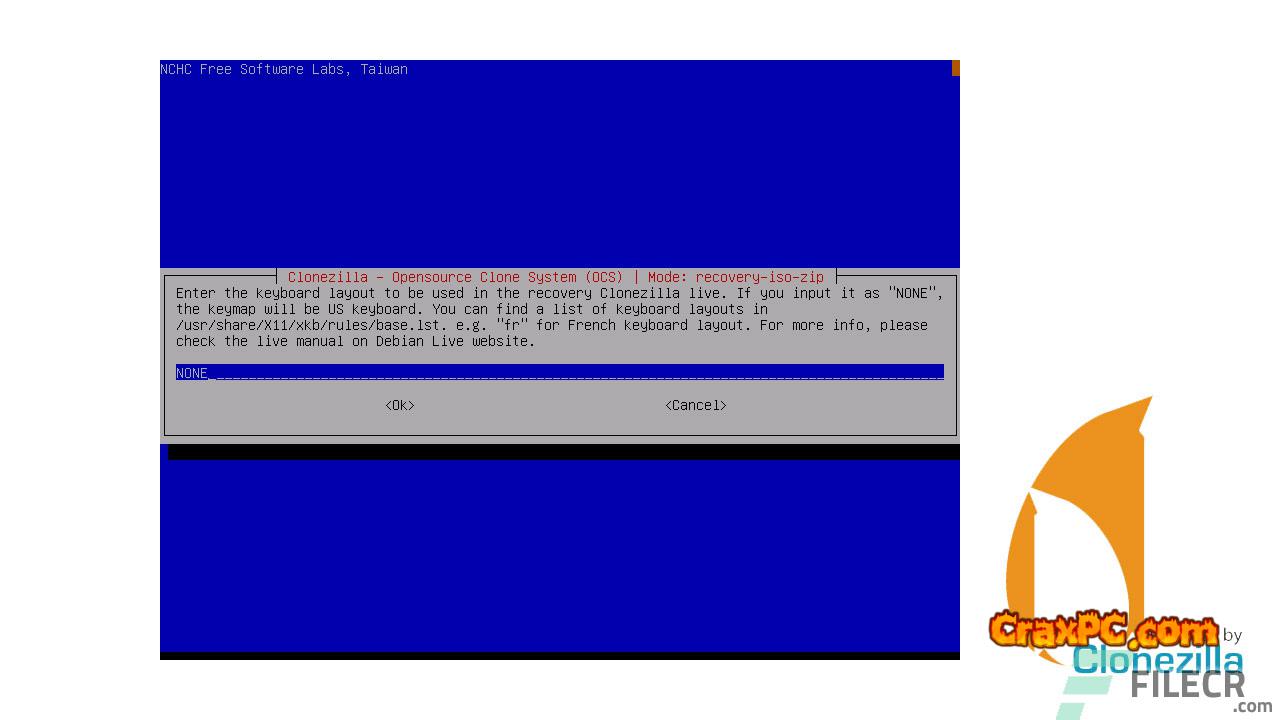No Cost Download CloneZilla Live for Windows PC is an imaging and cloning application for partitions and disks. Clonezilla, which was developed as a substitute for costly disk cloning applications, is capable of generating individual partitions or backups for the entire hard drive.
A Synopsis of CloneZilla Live
Since 2004, it has been a compact bootable GNU/Linux distribution that facilitates the concurrent deployment of numerous computers. While it is a useful instrument, it does possess a number of restrictions. Prior to using it, a DRBL server must be configured, and the device intended for deployment must launch from a network.
Using this robust open-source application, Clonezilla Live, you can generate disk and partition images for backup purposes and restore them as needed. An irreparable loss of data on a computer resulting from a hard disk failure or a severe system malfunction is unimaginable. Fortunately, sophisticated backup and recovery systems have the capability to avert such occurrences. There is Clonezilla among them.
When booting from the Clonezilla media, a menu appears from which one can select the Clonezilla Live mode and conduct memory tests. As you proceed, the console data configuration options are presented, providing you with the ability to choose the keymap policy.
Pre-built Clonezilla Live must be downloaded and subsequently inserted into a launch media (CD, USB flash drive, or USB hard drive) in order to be installed. There are two file formats accessible: iso and rar. The former is designed for CDs, while the latter is designed for USB flash devices. Additionally, it is possible to launch Clonezilla from a hard drive or PXE server.
Functionality of CloneZilla Live
A wide variety of file systems are supported.
While LVM version 1 is not supported, LVM2 is compatible with GNU/Linux.
Reinstalling the boot loader, which includes grub and syslinux, is possible.
Hard drive partition formats MBR and GPT are both supported.
Additionally, Clonezilla can be launched from a BIOS or uEFI system.
Unattended operation is permitted.
The majority of steps are executable via options and commands.
Additionally, numerous launch parameters can be used to tailor imaging and cloning.
It is possible to restore a single image to multiple local devices.
AES-256 encryption could be utilized to safeguard data transfer, storage, and access.
System Specifications and Technical Requirements
Processor X86 or x86-64 with 196 MB of system memory
Boot device, such as a hard drive, CD/DVD drive, USB interface, or PXE port




